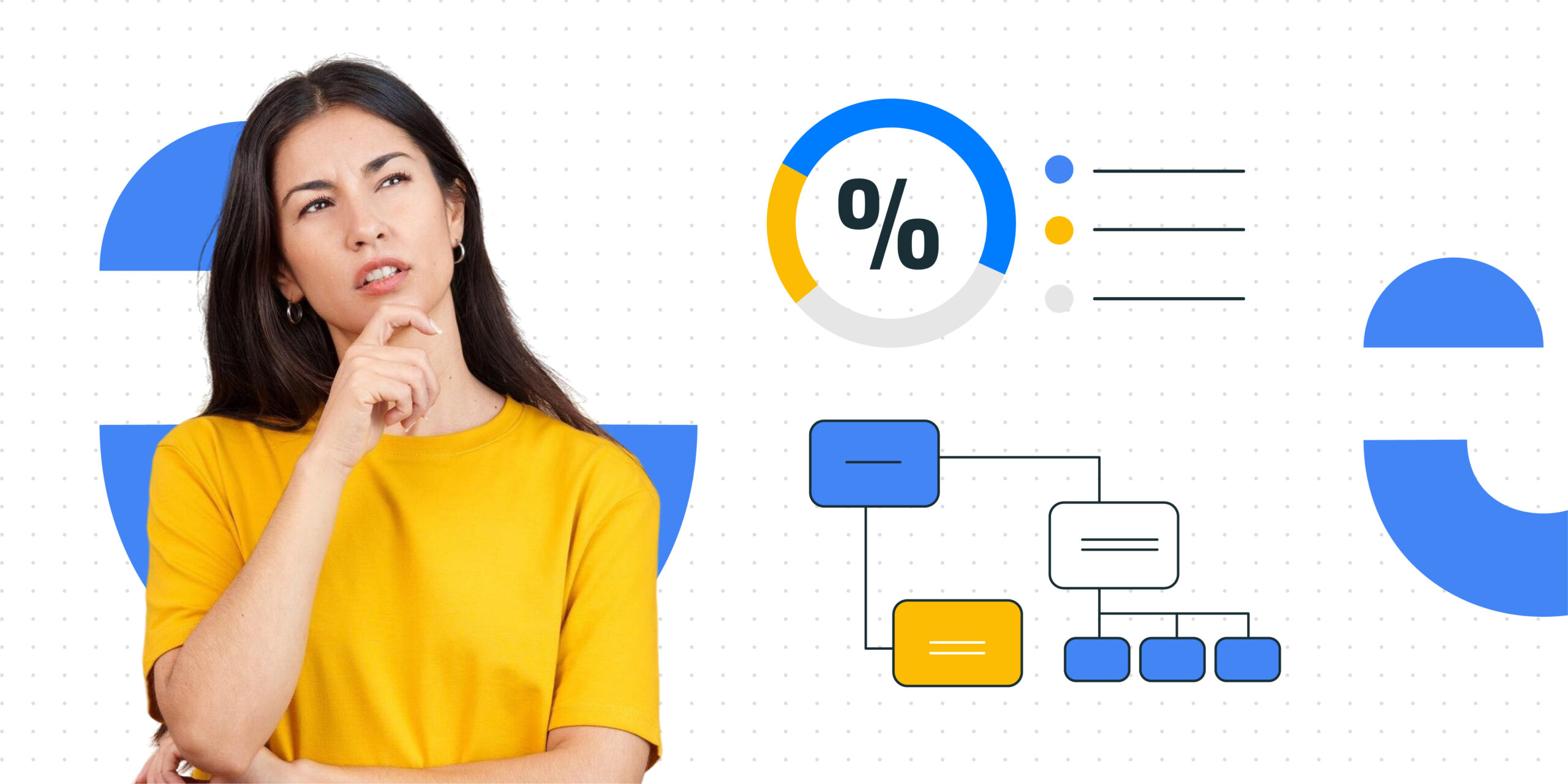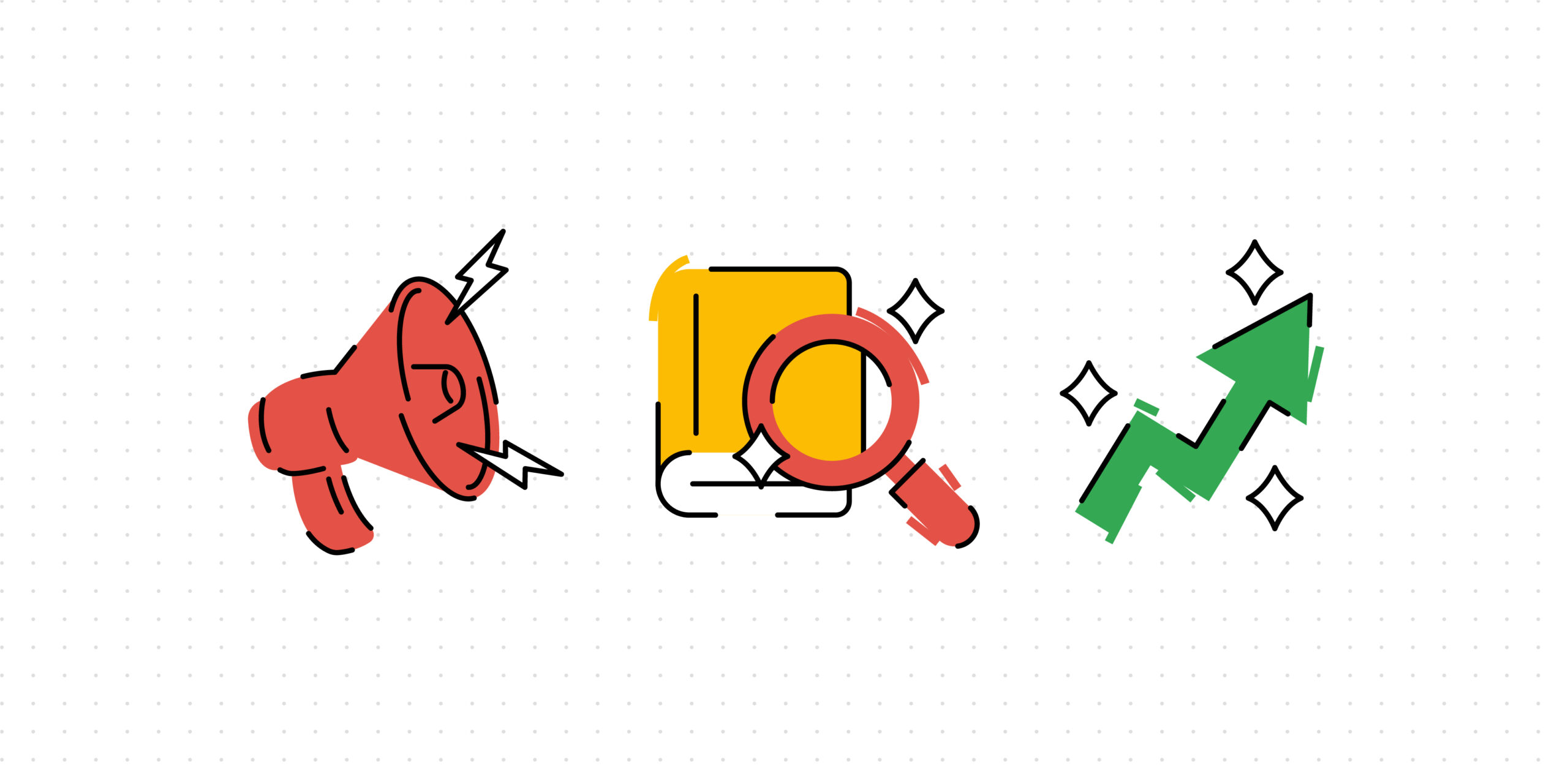Key takeaways:
- Generative AI significantly boosts workplace productivity, especially for tasks like writing emails, performance reviews, and idea generation.
- However, AI-assisted tasks may reduce employee motivation when switching back to non-AI-supported work, leading to an 11% drop in intrinsic motivation and a 20% increase in boredom.
- The loss of autonomy and stimulation in AI-generated work can leave employees feeling disconnected and less engaged over time.
- Compliance with thoughtful AI integration is non-negotiable, businesses must be proactive in addressing the motivational challenges AI introduces.
- Redesigning workflows to balance AI use with engaging, autonomous tasks can preserve employee drive and job satisfaction.
- Employers should monitor well-being, train teams thoughtfully, and foster open dialogue around AI use to ensure a healthy, productive environment.
- Employees must stay self-aware, communicate challenges, and actively manage their workflow to maintain motivation and mental wellness.
Bottom line:
Generative AI is a powerful tool, but without intentional use, it risks draining the very human drive that makes teams excel. Businesses that strike the right balance between AI efficiency and human engagement will be best positioned to thrive in the evolving workplace.
Generative AI (GenAI) tools like ChatGPT have revolutionized workplace efficiency, enabling professionals to produce high-quality work in less time. Tasks such as drafting performance reviews, brainstorming ideas, or crafting marketing emails have become more streamlined and effective. However, recent research indicates a hidden trade-off: while GenAI enhances immediate task performance, it can undermine workers’ intrinsic motivation and increase feelings of boredom when they transition to tasks without AI assistance.
An article published in the Harvard Business Review featuring a study involving over 3,500 professionals found that employees who used GenAI for one task and then switched to a non-AI task reported an 11% drop in intrinsic motivation and a 20% increase in boredom. The researchers noted that while GenAI collaboration initially reduces workers’ sense of control, the feeling of being the primary agent of their work, returning to solo work restores this autonomy but often at the cost of enjoyment.
Understanding the Underlying Issues
The integration of GenAI into workflows often removes the most challenging and stimulating parts of a task, those that make work meaningful. When AI generates much of the content, employees may feel disconnected and less in control. Over time, this shift can lead to disengagement, lower job satisfaction, and even burnout. Increased boredom after AI use could signal deeper motivational issues ahead.
Moreover, the overreliance on AI tools at work risks harming mental health. The Financial Times reports that the use of AI for productivity can erode traditional modes of collaboration, reduce social networks, and isolate individuals, influencing their motivation to work together and threatening company cultures based on collaboration and psychological safety.
Strategies to Mitigate Motivation Loss
To harness the benefits of GenAI without compromising employee motivation, consider the following strategies:
- Blend AI and Human Input: Use AI for initial drafts or outlines, allowing employees to personalize and add their unique touch.
- Design Engaging Solo Tasks: Ensure that tasks without AI assistance are stimulating and foster creativity and autonomy.
- Promote Transparency: Make AI collaboration transparent so workers feel ownership over the final product.
- Rotate Tasks: Alternate between AI-assisted and independent tasks to balance efficiency and engagement.
- Provide Training: Educate employees on thoughtful AI use, emphasizing when human judgment should take precedence.
These approaches can help maintain a sense of control and purpose among employees, ensuring that the integration of AI enhances rather than detracts from their work experience.
Roles and Responsibilities
For Employers (CEOs, Business Owners, Managers):
- Redesign Workflows:
Integrate AI in a way that preserves elements of work that drive intrinsic motivation. - Foster a Supportive Culture:
Encourage open discussions about AI use and its impact on work dynamics. - Invest in Training:
Provide resources to help employees adapt to AI tools and understand their appropriate use. - Monitor Well-being:
Regularly assess employee engagement and mental health to identify and address issues promptly.
For Employees:
- Seek Clarity:
Understand how AI tools fit into your role and seek guidance when needed. - Maintain Balance:
Alternate between AI-assisted and independent tasks to keep work engaging. - Communicate:
Share feedback with management about AI integration and its effects on your work. - Prioritize Well-being:
Be mindful of your mental health and seek support if you experience decreased motivation or increased stress.
While GenAI offers significant productivity benefits, it’s essential to recognize and address its potential impact on employee motivation and well-being. By thoughtfully integrating AI into workflows and fostering a supportive work environment, organizations can leverage AI’s strengths without compromising the human elements that drive engagement and satisfaction.
Explore more insights when you visit filtaglobal.com



